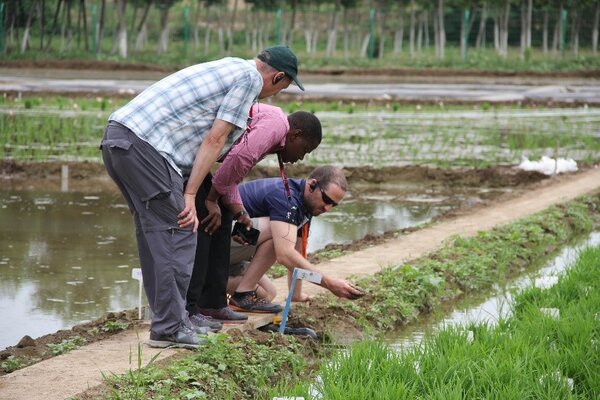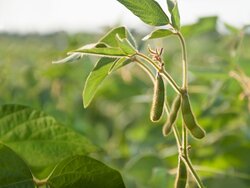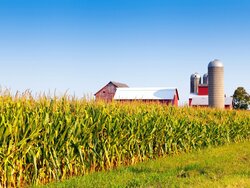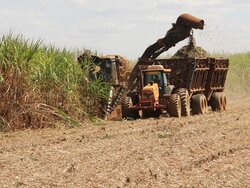Dossier
International comparison of production systems
Yelto Zimmer (agri benchmark), Thomas de Witte | 11.05.2023
How competitive the different growing regions and production systems are worldwide, depends on numerous factors. An international network of experts compares the different systems using standardised methods to assess their strengths and weaknesses.
Due to world trade, arable farming regions compete globally. The level of yields is primarily defined by natural site conditions such as water availability, soil quality and climate conditions. However, the production costs per tonne of output and thus the competitiveness of locations are independent of the level of yields. The decisive factors are the know-how of the farmers, the available agricultural technology, the agricultural structures and the access to inputs. In addition, the political framework conditions and access to markets also influence the profitability of agricultural production.
To remain competitive, production systems in different locations around the world are constantly evolving. Trends in global crop production can be identified if information on production systems and their efficiency, cost structures and environmental impacts is continuously collected and their strengths and weaknesses are assessed on this basis.
For this reason, the Thünen Institute of farm economics coordinates the agri benchmark network together with the non-profit organisation global networks. There, production systems in arable and horticulture are compared worldwide based on internationally standardised methods. In the network, agricultural economists work together with advisors and producers to better understand how changing technical and political conditions affect production in different locations around the world by analysing production systems.










